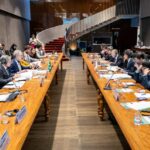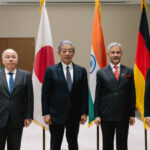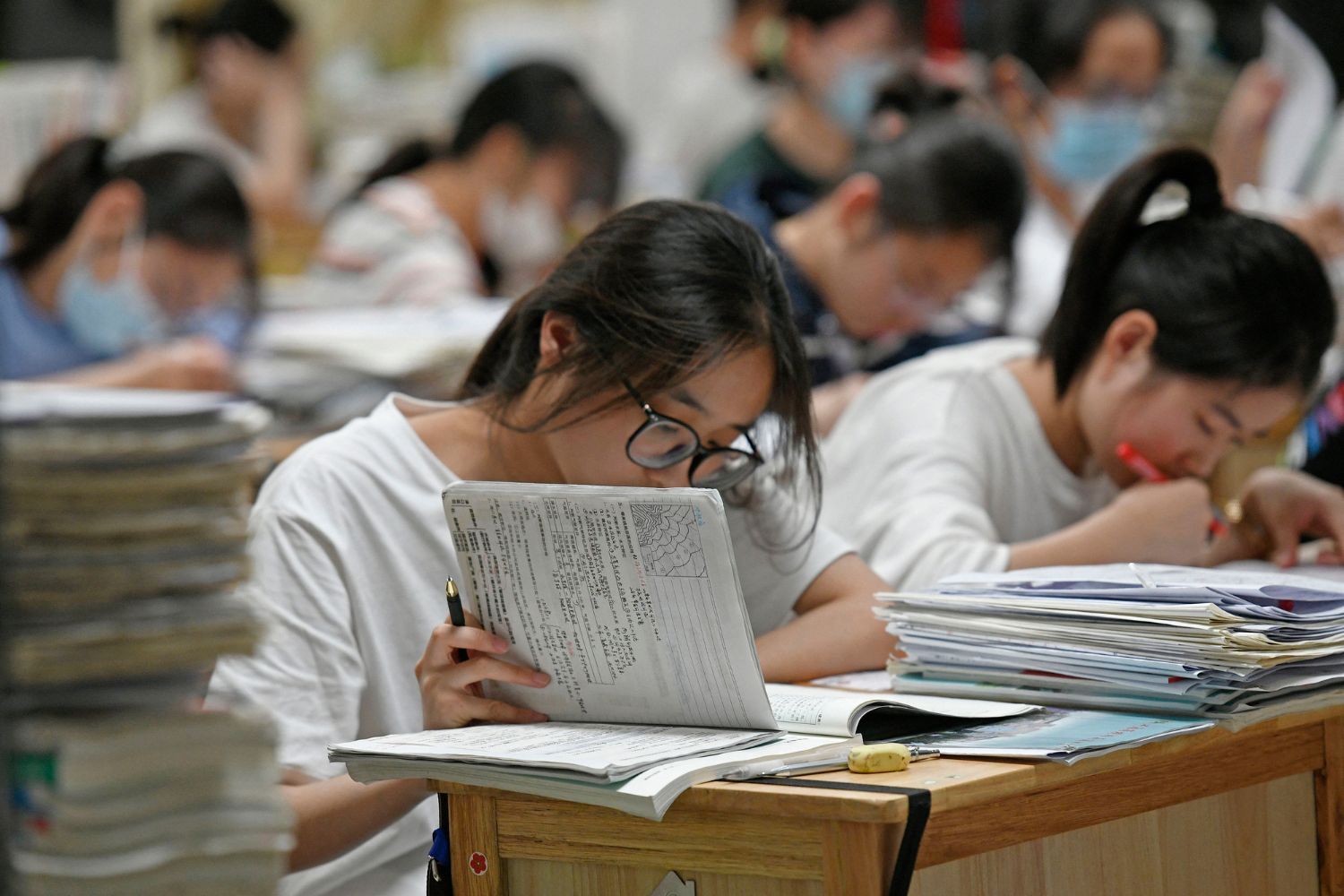Leaders of BRICS countries, India, Brazil and the United Arab Emirates will be amongst the leaders of major advanced economies preparing for the annual Group of Seven (G7) summit, which will take place in Italy from the 13-15 June at the luxurious Borgo Egnazia resort. This year, which marks the 50th G7 summit, will be particularly significant and important due to the ongoing wars in Europe between Russia and Ukraine, and the war in the Middle East, between Gaza and Israel. There is also increased competition between Western countries and China.
The heads of state from this exclusive and Western-focused group will convene in the picturesque region of Apulia, located on the Adriatic Sea. The G7 is a group of major advanced economies that discuss global governance and finance, and then produce a joint statement outlining their future policies and priorities. Its significance has declined as economic power has shifted from the West to Asia and emerging economies, and alternative groups like the G20 and BRICS have emerged.
The G7 summit will be attended by the leaders of the United States, Canada, Germany, France, Italy, Britain, the European Council, and the European Commission. Additionally, the host country, Italy, has the authority to invite leaders from other nations to participate in extended sessions. This year, Italy’s guest list includes Pope Francis, King Abdullah II of Jordan, and leaders from Ukraine, India, Brazil, Argentina, Turkey, the United Arab Emirates, Kenya, Algeria, Tunisia, and Mauritania.
Also in attendance will be the secretary-general of the United Nations, as well as the leaders of the World Bank, the International Monetary Fund, the African Development Bank, and the Organisation for Economic Co-operation and Development (OECD).
The G7 is anticipated to support US President Joe Biden’s proposal for a three-phase ceasefire in the Israel-Gaza conflict. Additionally, Italy’s Giorgia Meloni is expected to work on promoting the Mattei Plan to establish Italy as a key energy hub between Europe and Africa, with a focus on boosting growth in Africa to alleviate immigration pressures on Europe. Furthermore, discussions about China, particularly concerning industrial overcapacity, are likely to be included in the G7’s final statement, with the US urging its allies to address this issue.
This is how the three days will be running:
June 13:
– 11:00 am (09:00 GMT) – Discussion on Africa, climate change, and development.
– Subsequent session on the Middle East, focusing on Israel’s conflict with Gaza.
– Lunch break.
– After lunch, Ukrainian President Volodymyr Zelenskyy is expected to participate in two sessions on Ukraine.
June 14:
– Discussion on migration, Asia Pacific, and economic security.
– Sessions on artificial intelligence, energy, and the Mediterranean.
– 6:45 pm (16:45 GMT) – Closing session and adoption of the G7 Summit Communique.
June 15:
– Italy, as the host, will hold a news conference.
History of G7
The first G6 summit was initiated by French President Valéry Giscard d’Estaing and Chancellor Helmut Schmidt in 1975. Following the first meeting, the group adopted a 15-point communiqué called the Declaration of Rambouillet and agreed to meet annually. Canada joined the group in 1976, expanding it to become the G7. The G7 addressed economic issues and later expanded its focus to include foreign and security policy matters.
Russia was invited to G7 talks in 1991 and formally became a member in 1998, transforming the group into the G8. However, in 2014, the G7 decided not to attend the G8 summit in Sochi due to Russia’s actions in Ukraine and annexation of Crimea. The G7 member states held their summit in Brussels instead. The G7 nations decided to convene without Russia until further notice.
BRICS and the G7
The recent G7 Summit is the first following the expansion of the BRICS group. Saudi Arabia, Egypt, the United Arab Emirates, Iran and Ethiopia have joined the ranks of the BRICS group at the start of this year. With these new entrants, the bloc will represent over $30 trillion in GDP or around 29% of the world’s GDP. The BRICS nations, even with their new members, still have a lower share of global GDP compared to the G7.
However, this gap is expected to decrease as major BRICS countries like India continue to grow at rates higher than the global average. Additionally, the group is likely to expand further by welcoming more members in the future. BRICS expansion reflects the increasing frustration in the Global South with Western policies. Therefore, the G7 countries are hoping to demonstrate a united and strong stance against geopolitical threats from Russia and China, showing genuine commitment to broader engagement between member states.
ALSO READ: Foreign ministers meet in Nizhny Novgorod for BRICS Summit













